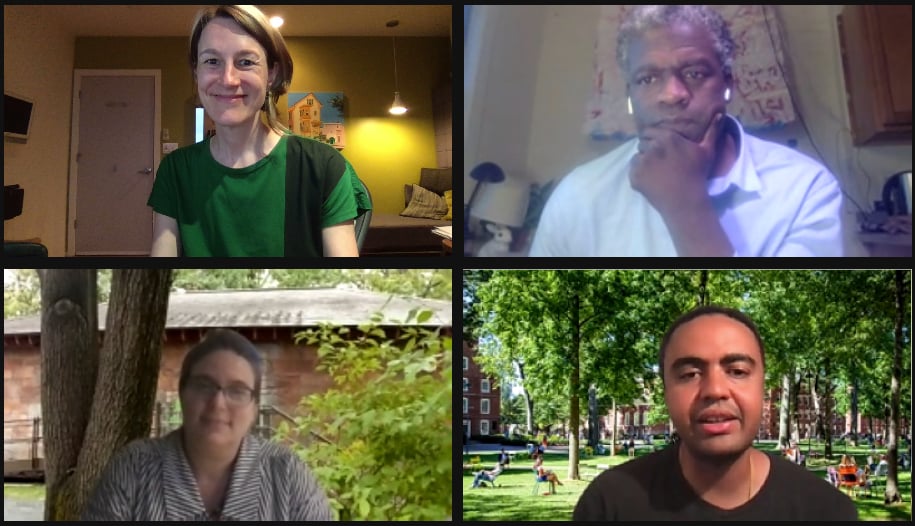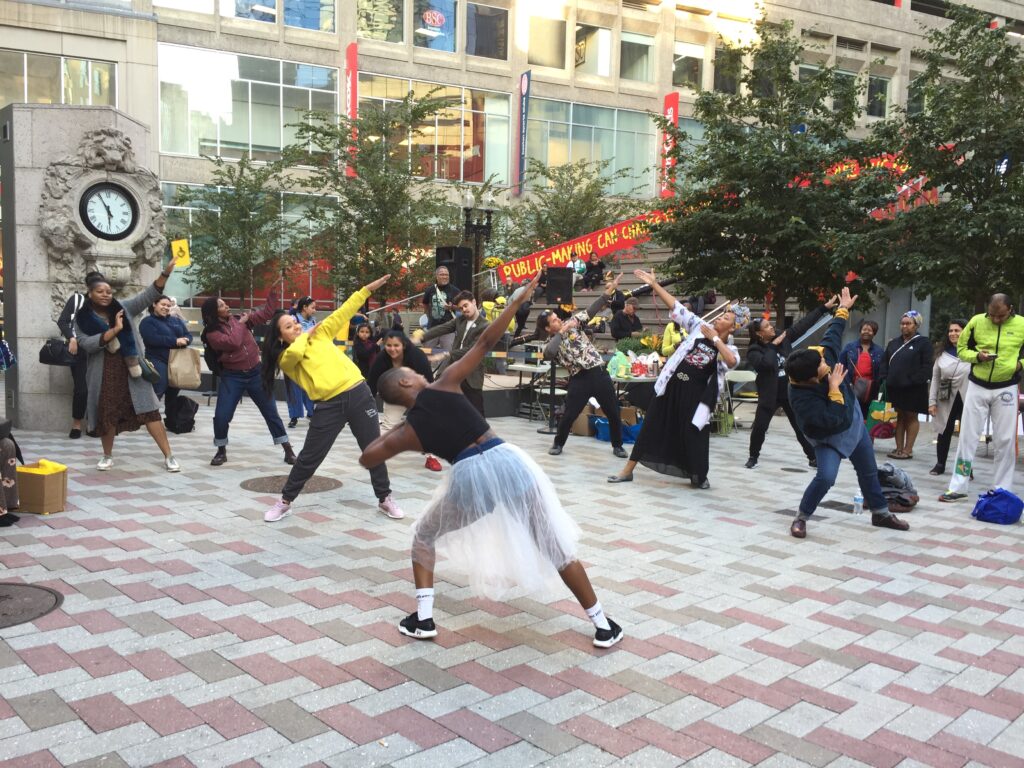Rights Along the Shore is our upcoming temporary public artwork supported by Boston Center for the Arts’ Public Art Residence and Tufts University. The project will take place at Carson Beach in South Boston, MA. This research-based art project will engage with individuals and partner organizations in Boston to put forward unexamined narratives of this location’s history and current use as a recreational and cultural site.
Rights Along the Shore follows the trajectory of our artworks that employ participatory practices to examine recreational segregation in the South and de-facto segregation in the North. Our long-term commitment to this subject is evidenced through projects located in New Orleans’ Lincoln Beach, the Anacostia pool in Washington DC and Tuckerman Creek in Bozeman, MT. This upcoming outdoor artwork sited at Carson Beach will feature performance works on the beach and in the pavilions. Large-scale video projections will be integrated into the site’s architecture.
This public artwork is part of a series of projects that re-examines the histories of segregated swimming sites and the lived experiences of the people that participated in the sites’ recreation, riots and advocacy for desegregation. The post-World War II civil rights movement frequently targeted segregated urban leisure venues, provoking violent reactions and even riots from recalcitrant, racist whites. During this period, Black activists who attempted to integrate segregated pools, beaches and other public recreational facilities in the United States were met with violent resistance. Pools and beaches were contentious sites because their desegregation resulted in the direct mixing of Black and white bodies.
Boston’s Carson Beach was a site of violent, racial conflict in 1975. During the second two weeks of August, violent conflict erupted in anticipation of South Boston’s September school busing. The conflict resulted in numerous injuries from rock throwing and baseball bats, along with violence committed by police intervention. The historic incident is chronicled through contradictory newspaper articles, City of Boston reports and in local and national archives.

Rights Along the Shore will unambiguously address the deep healing work that needs to be done in this public space: trauma caused by land stolen by white settlers from Indigenous peoples, trauma caused by racial violence committed to the Black residents of South Boston and trauma inflicted on the land and water by white settler industries. The project is a reckoning with the history of white supremacy in South Boston in an era in which Black, Brown, Indigenous and communities of color have galvanized the most important anti-racist activist movement since Dr. Martin Luther King, Jr. There is powerful momentum given to us through the grace of Black Lives Matter. There is great responsibility to act, because of the countless, tragic casualties and violence perpetrated on Black bodies by law enforcement in the U.S. The project strives to honor Carson Beach and the histories and stories it holds.
unambiguously address the deep healing work that needs to be done in this public space
Our project will be produced with ethics of community engagement practices. We have begun developing relationships with partner organizations including the South Boston Neighborhood House, South Boston Community Health Center, South Boston Neighborhood Development Center and the South Boston Action Center. In preparation for working with partner organizations, we will instruct a student research assistant in the protocols of participatory and social engagement research practices. Our method of collaborative inquiry brings community members together from diverse backgrounds and disciplines to build this artwork from the ground up based on the participants’ different perspectives. Before beginning the project, rules of engagement will be put forward and agreed upon. Dialogues will be facilitated addressing race, gender, class and cultural differences. Care-ethics about each other and the land will be established. Within this process

We chose Carson Beach because it is an important, historic site that tells the story of recreational segregation in the Northern US. Massachusetts’ official narrative erases the numerous accounts of historic recreational segregation in the state, although de-facto segregation was and continues to be held in place by state laws. Today, more than ever, people of color, people with disabilities, queer and trans people and women need access to safe public spaces and natural environments to heal from societal trauma, to keep their bodies healthy and to experience relaxation. Along with the public artwork, we will organize a panel and a series of workshops based on this critical topic of “who has access” to public recreational space.
Rights Along the Shore is being supported by a residency and commission from Boston Center for the Arts during spring and summer 2021. Carson Beach where Rights Along the Shore will take place is maintained by the Department of Conservation and Recreation (DCR). The public programs, workshops and exhibition will be supported by the Mills Gallery at Boston Center for the Arts.




